Together, all the teams this year saw 148 species, the 4th highest year recorded. There were 3 teams in total. The other 2 teams were the Three-toed Muskateers (Greg R, Jim H and Katrin P) and the Ruthless Birders (Ruth G, Lyle G, Dianne C, Emma B).
Little Big Day is a fun birding competition to see which team (up to 4 people) see the most birds (teams need to stay together and at least 2 people from each team need to see each species). Birding takes place between 6am and 6pm, although you can bird less if you want and you don't really need to 'compete'. It's all for fun. Teams contribute $25, which goes to a worthy nature related cause.
This year, the money is being donated to the 'Elizabeth Lake Shoreline Restoration Project’, being done by the Rocky Mountain Naturalists.
A combined list of what we saw:
Canada Goose
Trumpeter Swan
Wood Duck
Blue-winged Teal
Cinnamon Teal
Northern Shoveler
Gadwall
Eurasian Wigeon
American Wigeon
Mallard
Green-winged Teal
Canvasback
Redhead
Ring-necked Duck
Greater Scaup
Lesser Scaup
Bufflehead
Common Goldeneye
Barrow's Goldeneye
Hooded Merganser
Common Merganser
Ruddy Duck
Wild Turkey
Ruffed Grouse
Pied-billed, Horned, Red-necked, and Eared Grebes
Rock Pigeon
Eurasian Collared-Dove
Mourning Dove
Vaux's Swift
Black-chinned, Calliope, and Rufous Hummingbirds
Virginia Rail
Sora
American Coot
Black-necked Stilt
American Avocet
Killdeer
Long-billed Curlew
Wilson's Snipe
Wilson's Phalarope
Spotted and Solitary Sandpipers
Bonaparte's and California Gulls
Black Tern
Common Loon
Great Blue Heron
Turkey Vulture
Osprey
Northern Harrier
Sharp-shinned Hawk
Bald Eagle
Red-tailed Hawk
Red-naped Sapsucker
Lewis', American Three-toed, Downy, Hairy, and Pileated Woodpeckers
Northern Flicker
American Kestrel
Merlin
Peregrine Falcon
Western Wood-pewee
Willow, Least, Hammonds, Dusky, and Pacific-slope Flycatchers
Say's Phoebe
Western Kingbird
Eastern Kingbird
Cassin's Vireo
Warbling Vireo
Stellar's Jay
Blue Jay
Black-billed Magpie
Clark's Nutcracker
American Crow
Common Raven
Black-capped and Mountain Chickadees
Northern Rough-winged, Tree, Violet-green, Bank, Barn, and Cliff Swallows Ruby-crowned and Golden-crowned Kinglets
Red-breasted, White-breasted and Pygmy Nuthatches
House, Pacific and Marsh Wrens
American Dipper
European Starling
Gray Catbird
Western and Mountain Bluebirds
Townsend's Solitaire
Swainson's and Hermit Thrush
American Robin
Cedar Waxwing
House Sparrow
American Pipit
Evening Grosbeak
House Finch
Cassin's Finch
Red and White-winged Crossbills
Pine Siskin
American Goldfinch
Dark-eyed Junco
Chipping, Clay-coloured, White-crowned, White-throated, Vesper, Savannah, Song and Lincoln's Sparrows
Spotted Towhee
Yellow-headed Blackbird
Bobolink
Western Meadowlark
Bullock's Oriole
Red-winged Blackbird
Brown-headed Cowbird
Brewer's Blackbird
Northern Waterthrush
Orange-crowned, Nashville, and MacGillivray's Warblers
Common Yellowthroat
American Redstart
Yellow, Yellow-rumped, Townsend's, and Wilson's Warblers
Western Tanager
Lazuli Bunting
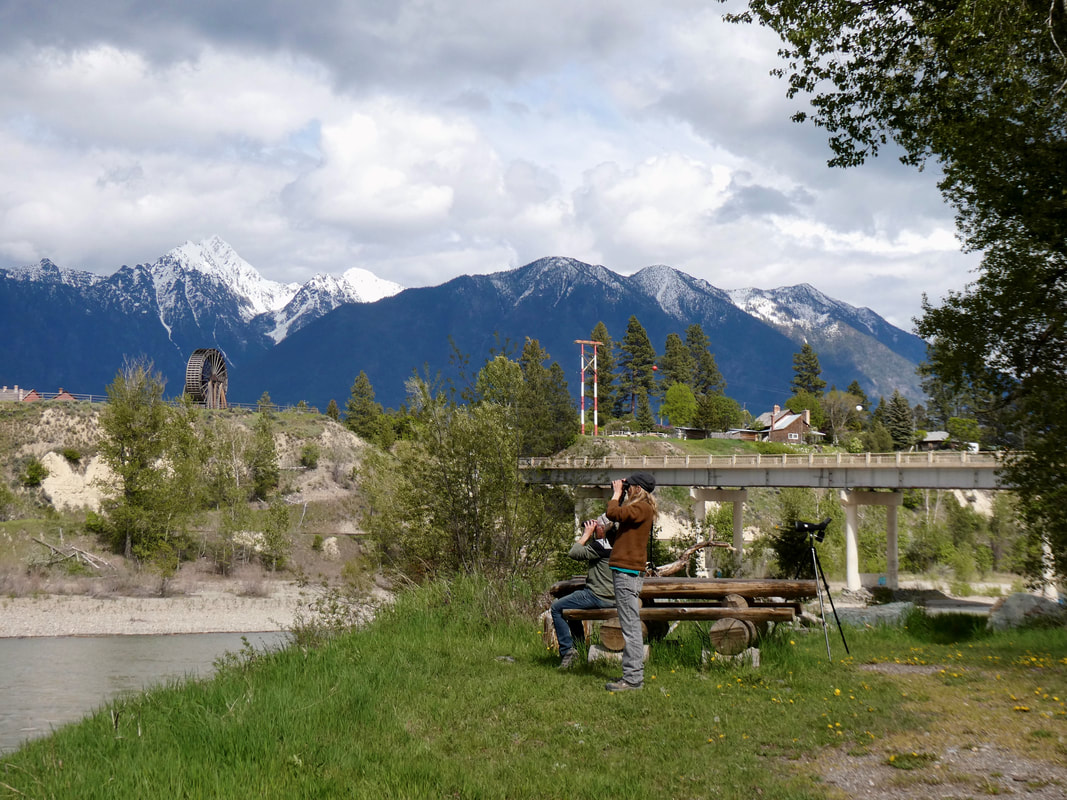
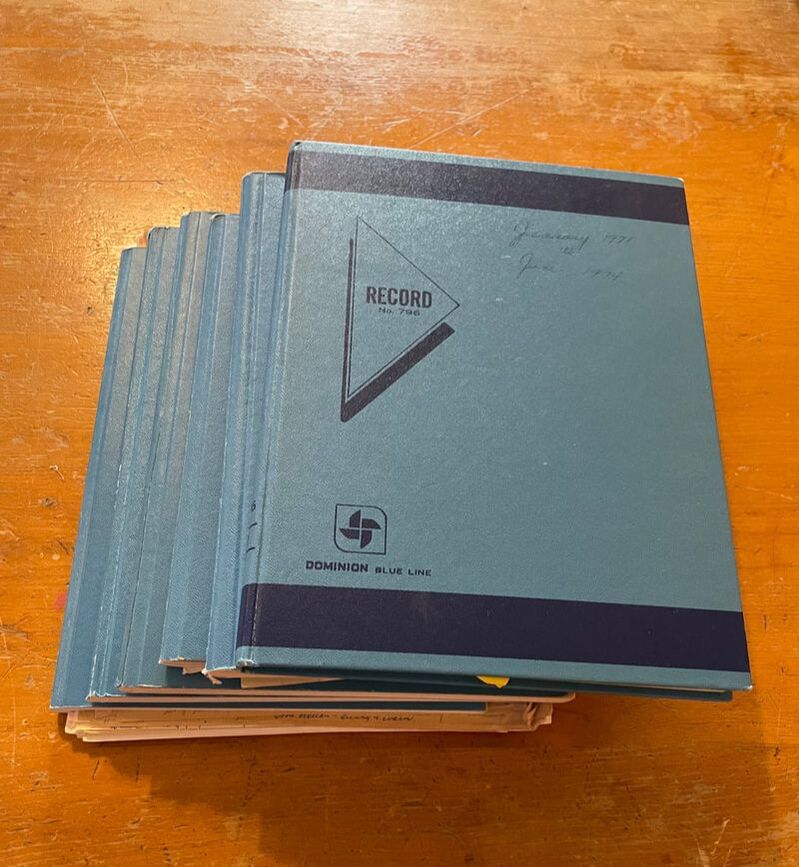
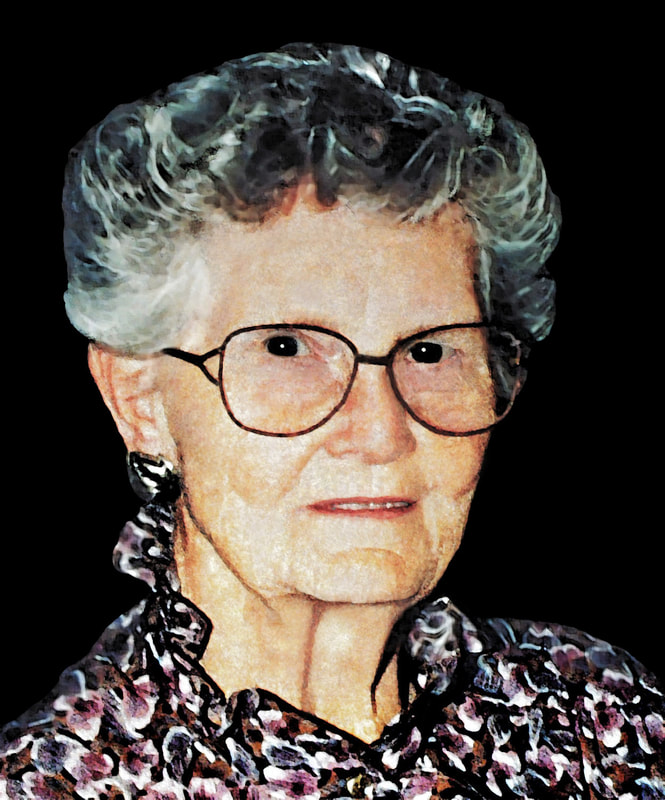
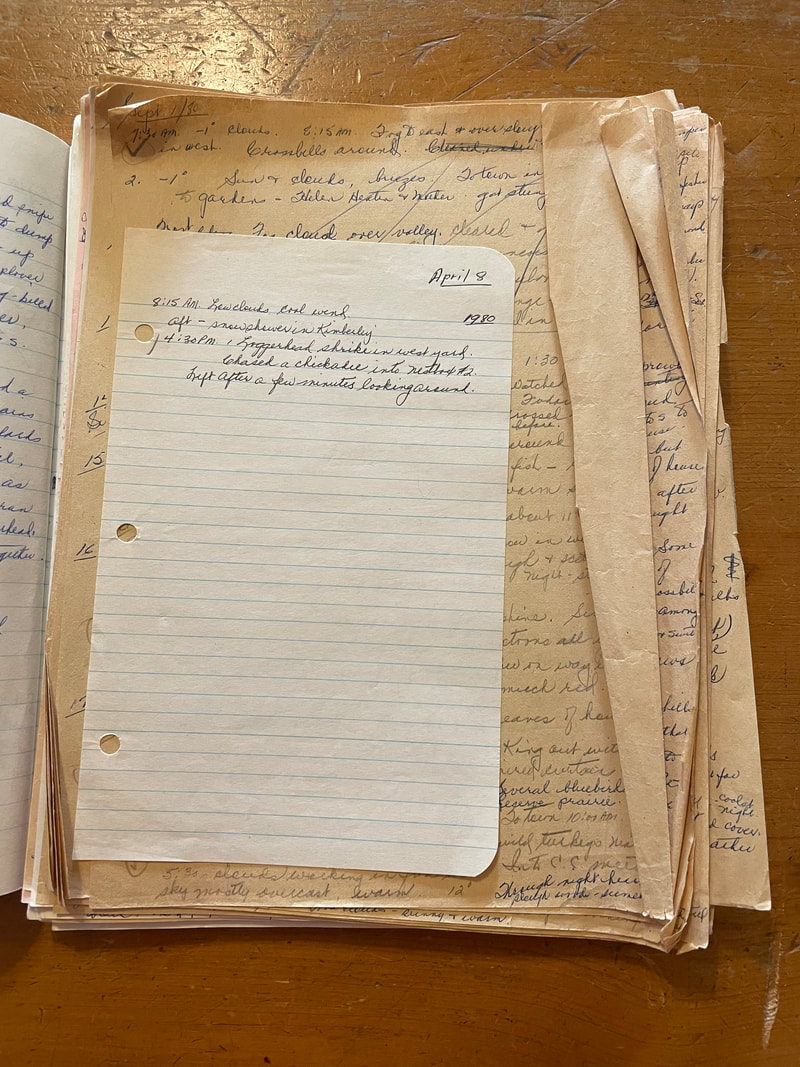
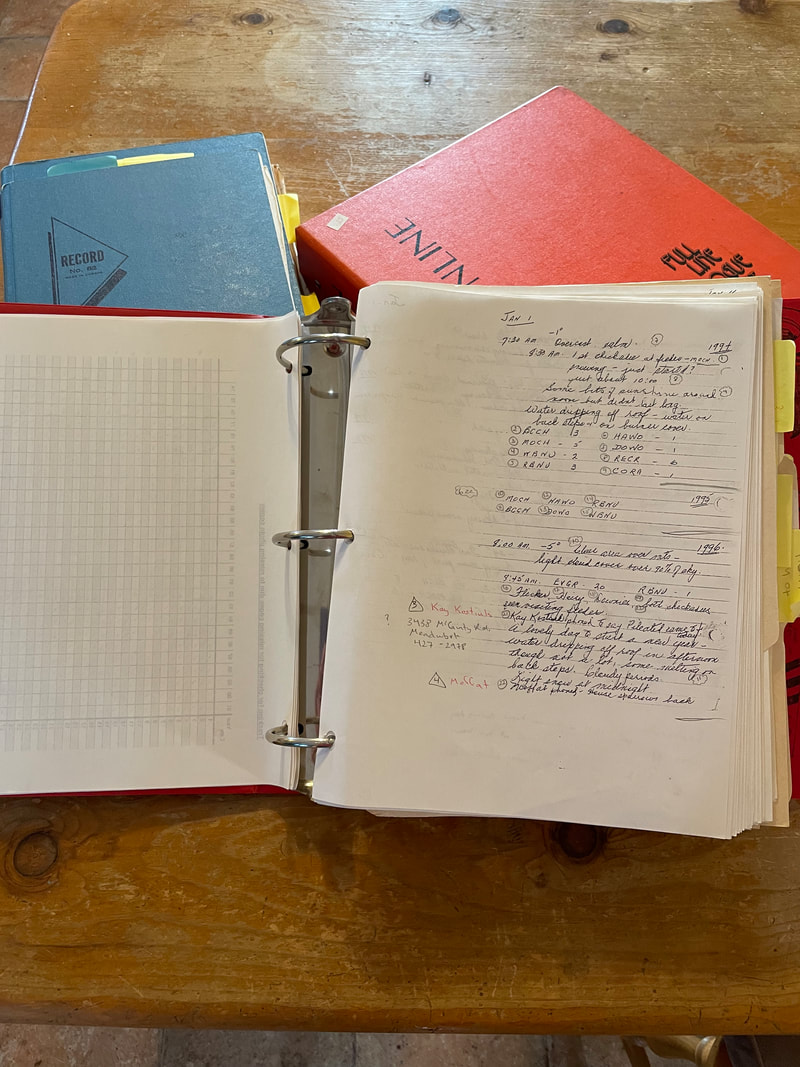
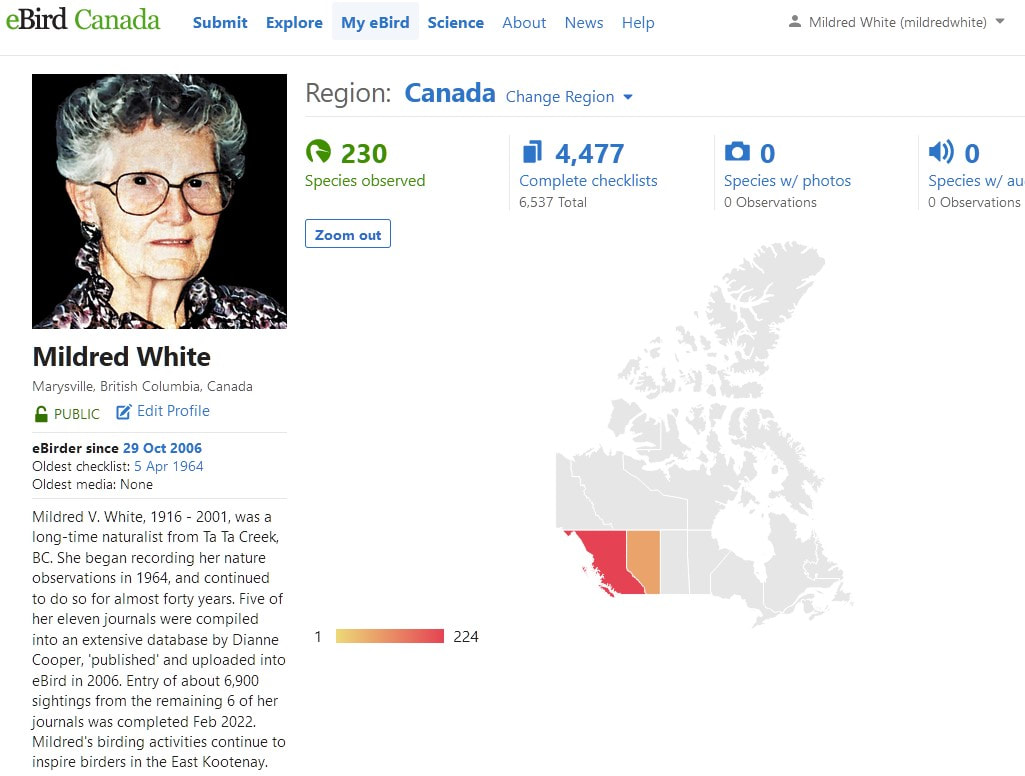
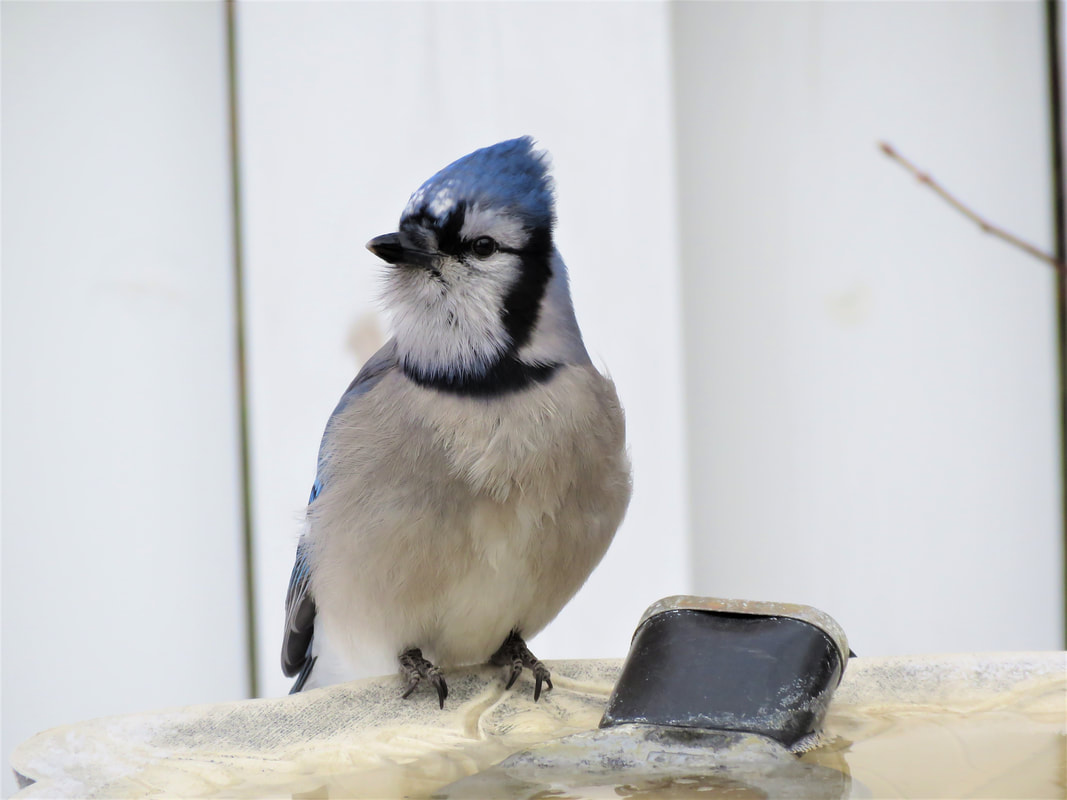
 RSS Feed
RSS Feed
